The appraiser will measure the exterior of the home and all outbuildings, inspect and take pictures of every room in the house. At the end of the inspection, the appraiser will ask for a list of all structural and major updates or renovations.
The appraiser is the eyes and ears for the lender (unless this is a personal appraisal). This inspection is intended to tell the lender about this house so they can decide their risk.
Everything good or bad about the house needs to be reported to the lender. Small, negative things fall into the cosmetic category are most of the time not mentioned in the report.
Larger, structural repair needs and major condition problems will be in the report.
If a lender has a low level of risk, such as for a home equity loan, then a drive-by appraisal could be ordered. The appraiser uses the exterior inspection of the home plus all the information found online.
An appraisal is an opinion of the market value of your home, or what someone would pay for your home today as compared to other homes in your market area.
Let’s say you bought your home for $150,000 and you’ve added $75,000 in updates, a new kitchen, and a large barn. That doesn’t mean that your house is now worth $225,000. It is worth whatever can be proven by other, recent, similar sales in your area. An over-improvement is any situation where a home has more features than other similar homes or is in excess over what is typical. If the top-selling houses in your area have sold for $150,000, then your appraisal will most likely come in around $150,000, even though you’ve added $75,000 worth of improvements. If homes can be found, that sold in the last 12 months and somewhat close-in location, and have sold for $300,000 with an updated kitchen and a large barn, then your appraisal could come in around $300,000.
Appraised values are not insurance values. A home is insured for how much it would cost to replace that home and all of its features. An appraisal value is typically what would someone pay for this house, as compared to others that are similar, if it was being sold today.
Because you don’t like the condition given to your home in the report.
Imagine that your home is for sale and buyers are comparing your home to other houses in the neighborhood. What would they pay extra for in your area that you don’t have right now?
A home inspection is an examination of the condition of a house and all of its systems; plumbing, electrical, heating, ventilation, and air conditioning, etc. A home inspector only is concerned with the one home that they are inspecting.
An FHA mortgage is backed by the government and provides insurance to the lender. This is a loan with less money down but it does have some conditions. FHA is a one-size-fits-all loan program and these requirements apply to all of their homes.
The typical things we look for during an FHA appraisal inspection include:
Any peeling paint on a home/shed/garage built after 1978. It doesn’t matter if the house was just painted, FHA is concerned about the possibility of lead paint poisoning. If we find peeling/chipping paint on a home built before 1978, we are instructed to take photos of the peeling paint and make the report subject-to the removal of the peeling paint and the re-painting of those areas. Your lender will tell us when we can go back out to your property (only they can communicate with us and order the Update Appraisal – not the homeowner or the realtor) and then we take pictures of your finished work after you have completed the repairs and submit that report. It doesn’t matter to us how nice the painting job is when you get finished, but we simply need to “check the box” that the work has been finished.
Standing water in the crawl space or in the basement. This must be repaired to the extent that we can come back and take a picture of (a mostly) dry crawl space or basement area. It doesn’t matter to us if you spend $10,000 on a complete waterproofing system or $250 on a sump pump. We must be able to say, on the appraisal update form, that this situation has been resolved.
Pet urine can be a safety issue if it is difficult to breathe in the house. We will estimate a cost to remediate this situation and make the report subject-to.
Every area that is missing a railing (that’s at least two feet high of the ground) must have a railing added. These include staircases, decks, porches, balconies, etc.
The utilities must be on and in working order and the home must have a working stove.
Remember, you do not have to have an FHA loan. You can get a Conventional loan and all of the FHA requirements are no longer in place.
It is also important to know that sometimes the lender asks for things to be repaired that the appraiser did not ask for in the report. These are usually things that are not in the FHA required list but can be a repair that the lender wants to be completed before making the loan. It could be fixing a hole, repairing the floor, inspecting the roof and other things that showed up in our inspection but were not FHA concerns.
